How to Become a Pilot After 12th in India?
A pilot does not just experience the thrill of flying but also considers the safety of the passengers in the aircraft. They are skilled individuals wi

Piston engines play an important role in aviation, particularly in the operation of small aircraft. Even though jet engines are extensively used in modern aircraft, piston engines are still used in aviation. Piston engines or reciprocating engines, because of their unique mechanical design and operating system, not just perform the function of accelerating the aircraft, but also fulfil many auxiliary functions. This blog will help you understand the functions of piston engines and the importance of their technical aspects in aviation.

The main function of a piston engine is to provide the essential thrust to the aircraft so that it can fly. This engine is an internal combustion engine, in which energy is produced by burning the air-fuel mixture in the cylinder. This energy drives the piston to move up and down, which rotates the crankshaft. The motion of the crankshaft helps to rotate the propeller, and the propeller offers thrust to the aircraft forward. Therefore, the piston engine produces mechanical energy, which is converted into the motion and flight of the aircraft.
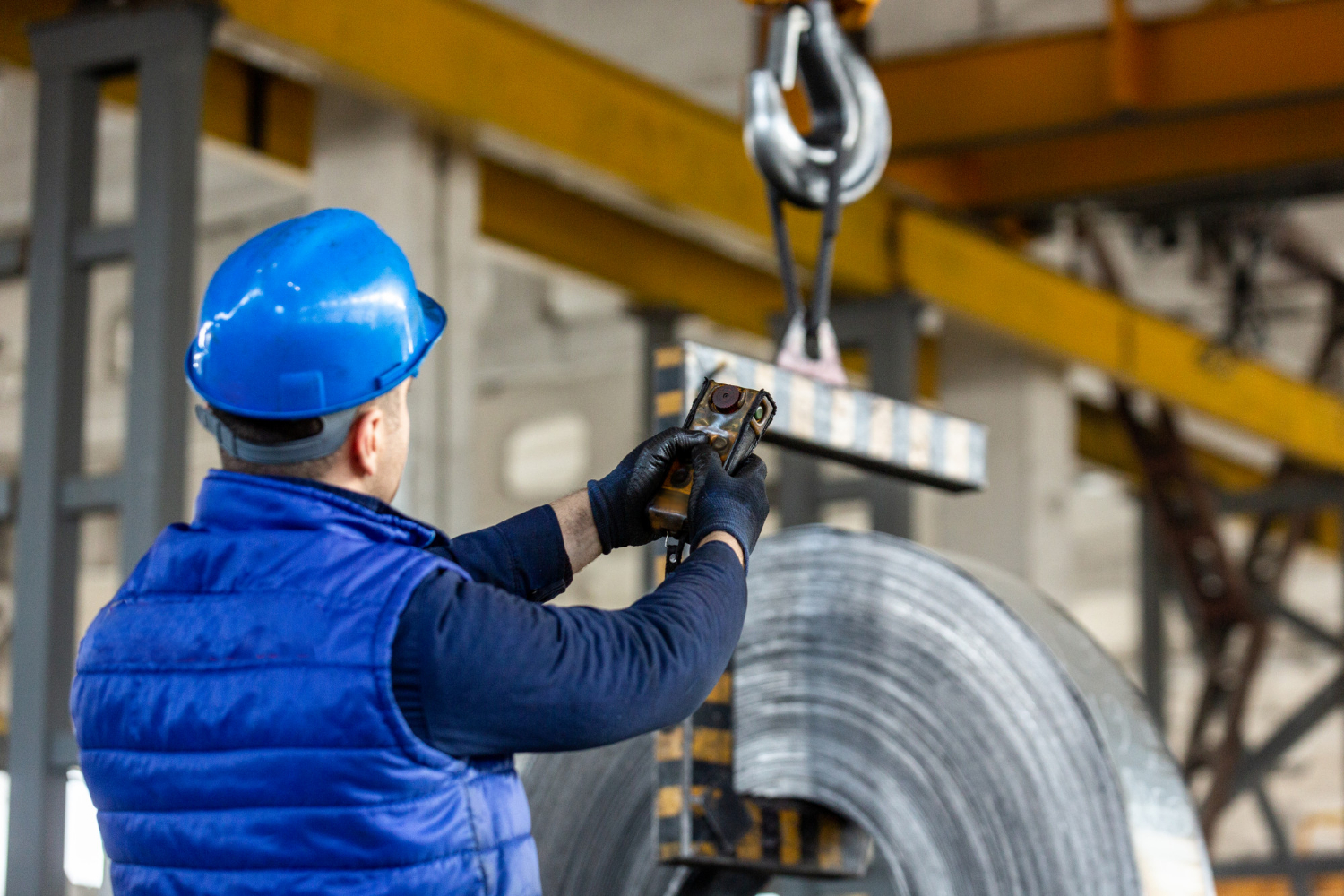
Thrust is the essential factor for any aircraft to fly. Piston engines produce thrust with propellers. When the engine rotates the propeller speedily, it pushes the air backwards and, as stated by Newton's third law, the aircraft moves forward. The amount of thrust depends on the engine's horsepower, RPM (Revolutions Per Minute) and the size and design of the propeller. This thrust is limited in small aircraft, so they fly at low altitudes and speeds, but it is adequate for general aviation purposes.
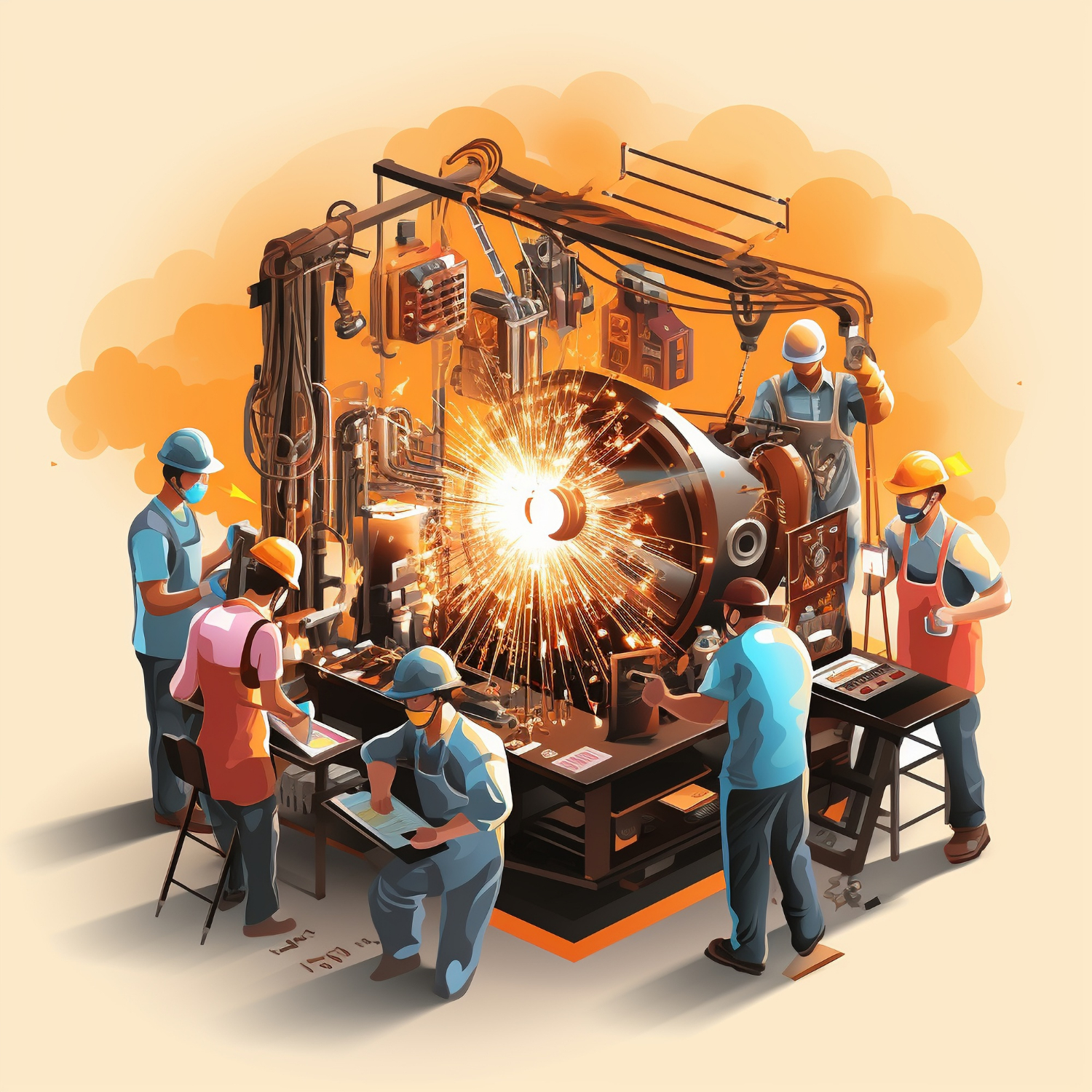
Another significant function of piston engines is to produce electrical power. Generators or alternators fitted in aircraft are driven by belts driven by the engine. When the engine is running, it rotates the alternator, producing direct current. This electrical power charges the battery and operates all the electronic devices of the aircraft, for example the navigation system, radio, lights, autopilot etc. Without an engine, the aircraft's battery operates for only a short time, making the engine's role crucial for providing power during flight.
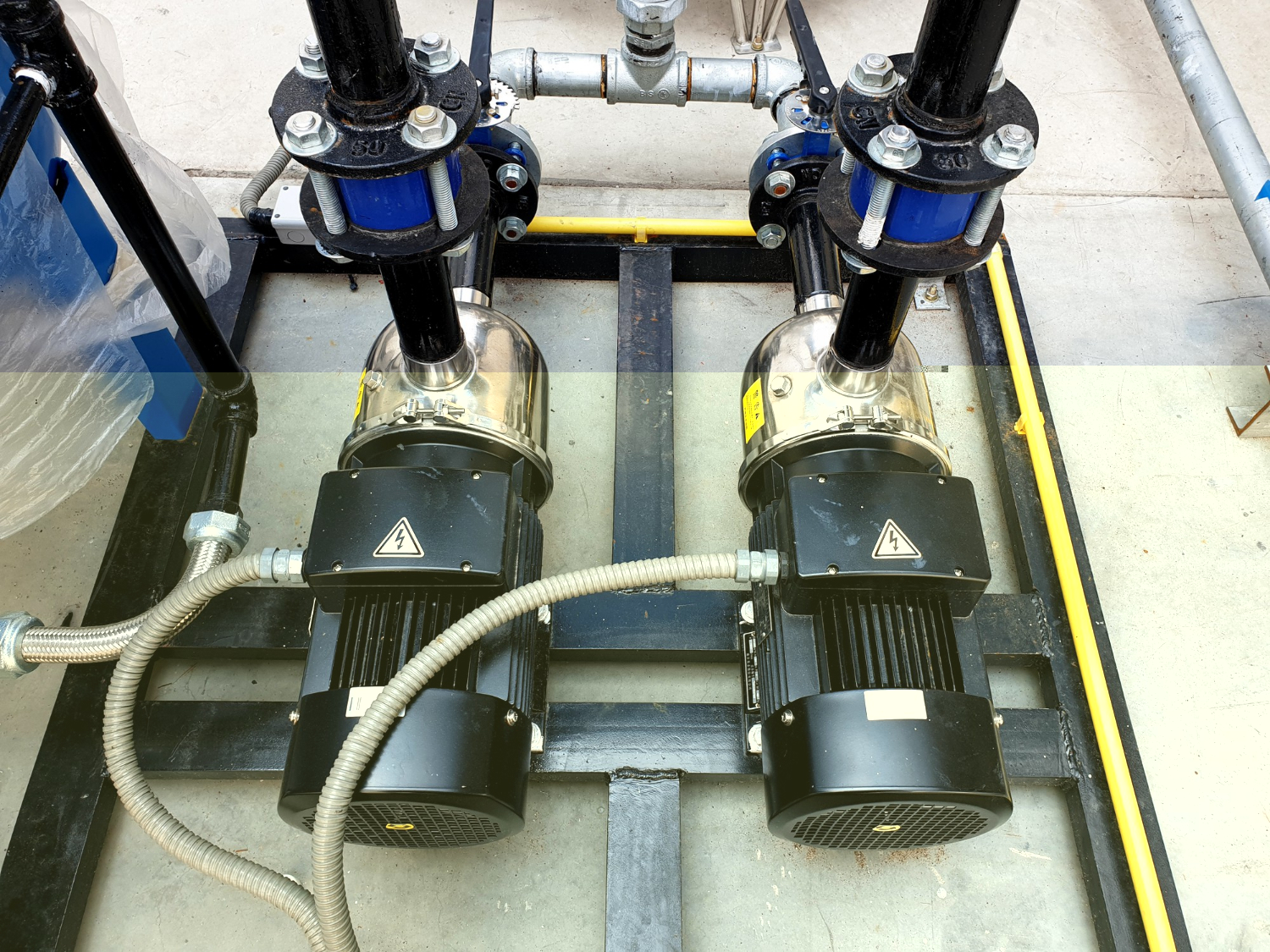
Some piston engines also drive hydraulic pumps or vacuum pumps, providing power to several instruments. Hydraulic pumps are used to operate landing gear, flaps or brake systems. Simultaneously, the vacuum pump creates the vacuum required to operate the instruments of the aircraft, for example, the attitude indicator and heading indicator. All these devices are vital for the safety and control of flight. Providing the engine is functioning, these auxiliary systems also function properly.
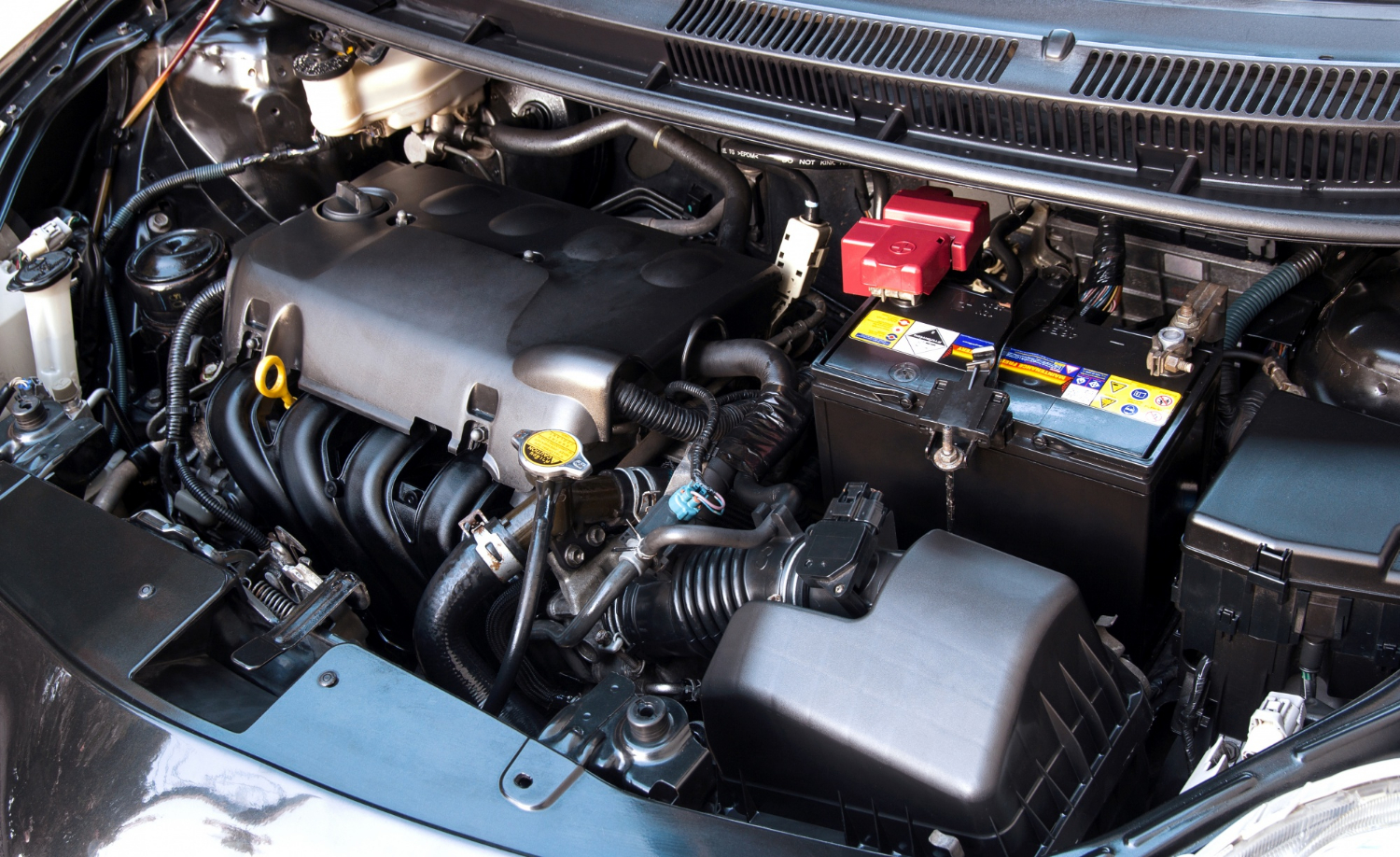
The piston engine generates a lot of heat, which needs to be controlled. Piston engines in most small aircraft are air-cooled. Some engines are also liquid-cooled, in which the temperature is controlled using coolant. Another facet of heat management is also associated with oil circulation. Engine oil not only lubricates the components, but it also absorbs excess heat. Maintaining temperature balance is tremendously important for the lasting functioning and reliability of the engine.
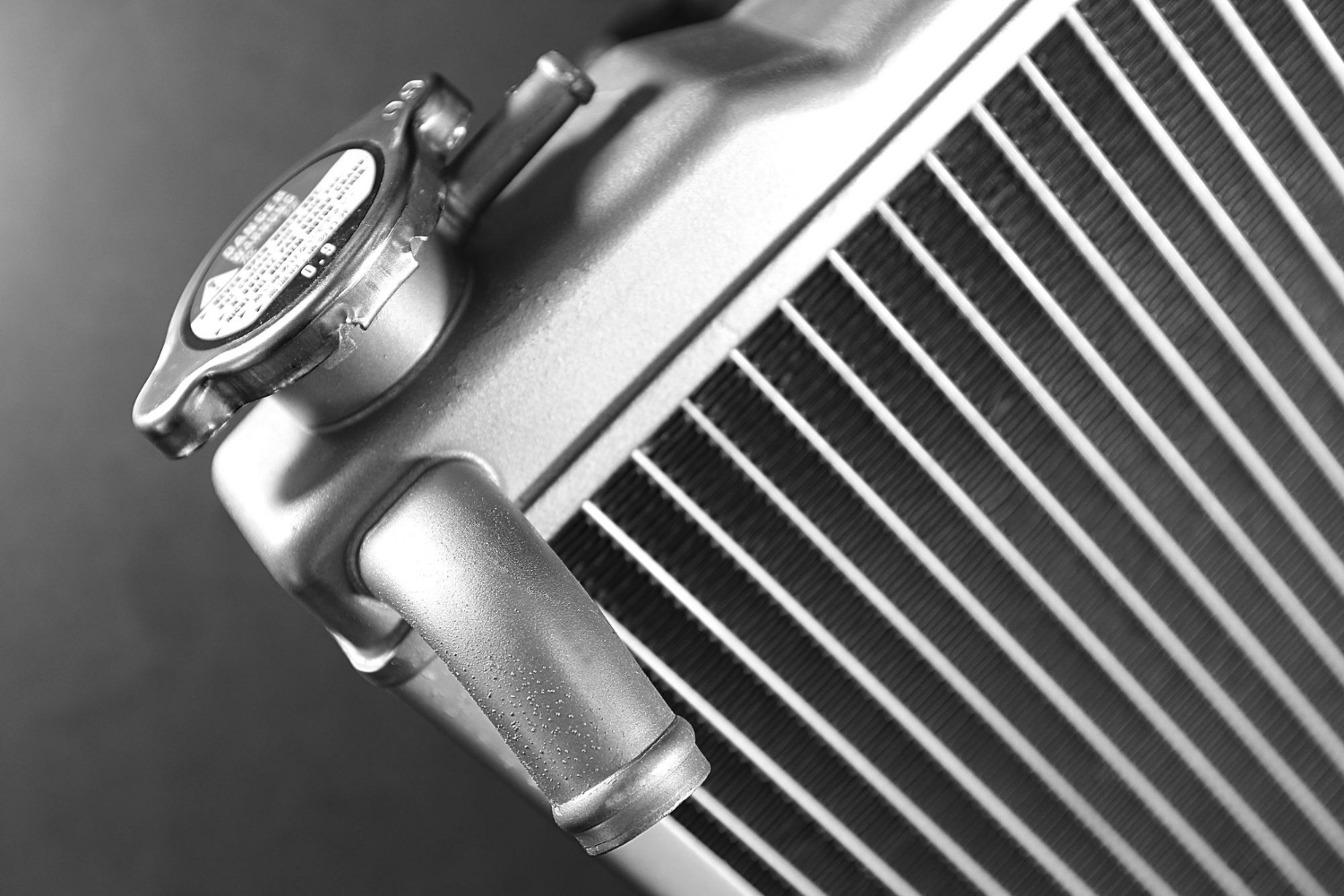
The piston engine controls the air intake and fuel mixture, which affects its performance. The pilot adjusts the ratio of fuel and air according to the altitude through the mixture control lever. At high altitudes, the air becomes thinner, making it essential to reduce the amount of fuel so that the mixture remains balanced. The carburettor fitted in the piston engine helps in controlling this mixture. The correct mixture not just helps in the smooth running of the engine but also improves fuel efficiency.
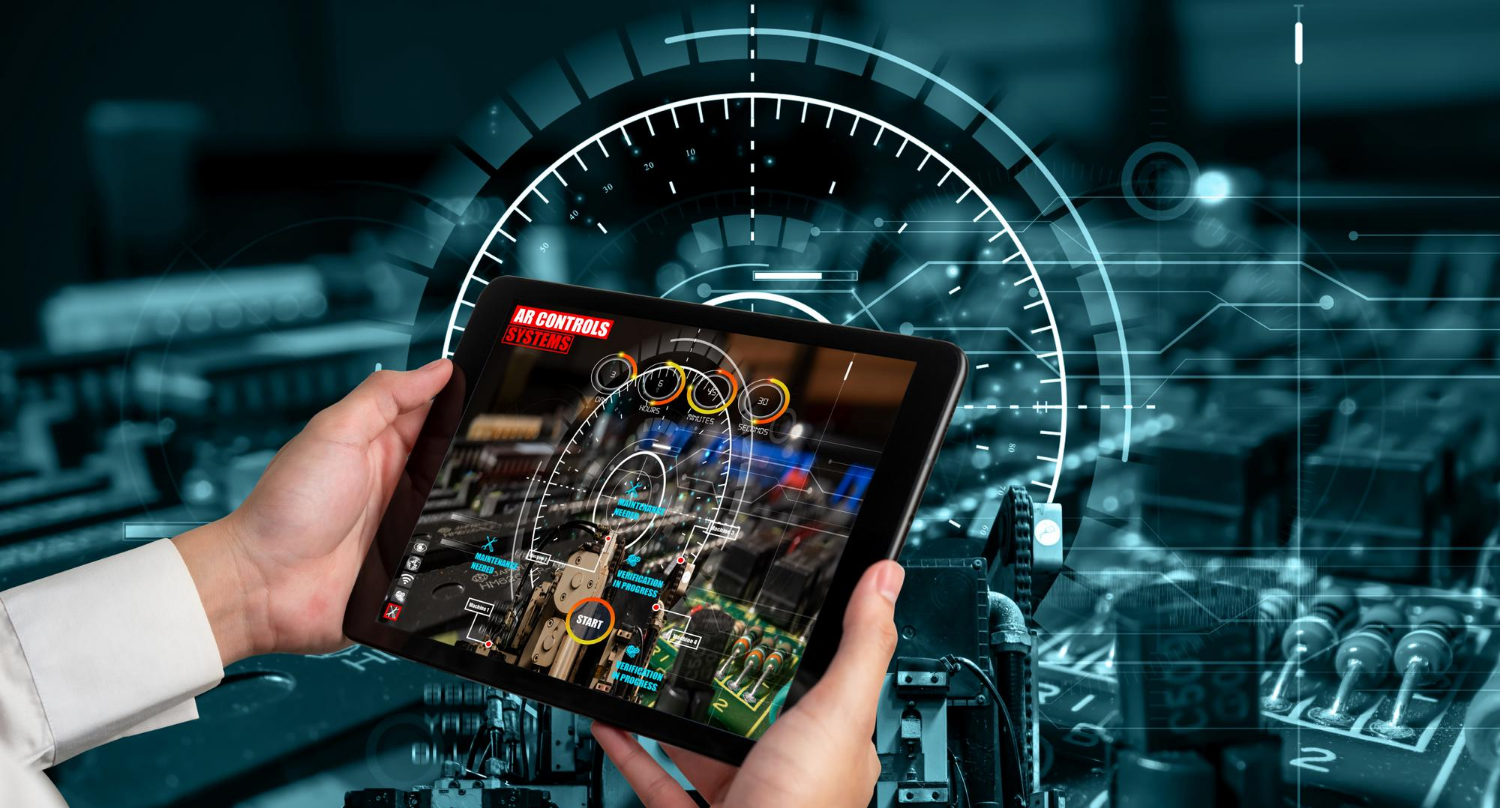
The piston engine lets monitoring through various indicators and instruments in the cockpit of the aircraft. These include a tachometer, an oil pressure gauge, an oil temperature gauge, an exhaust gas temperature gauge, a cylinder head temperature gauge, a fuel flow meter, etc. All these instruments inform the pilot about the condition of the engine and alert him to the possibility of any malfunction. By getting a timely warning, the pilot can take necessary steps and potential accidents can be avoided.
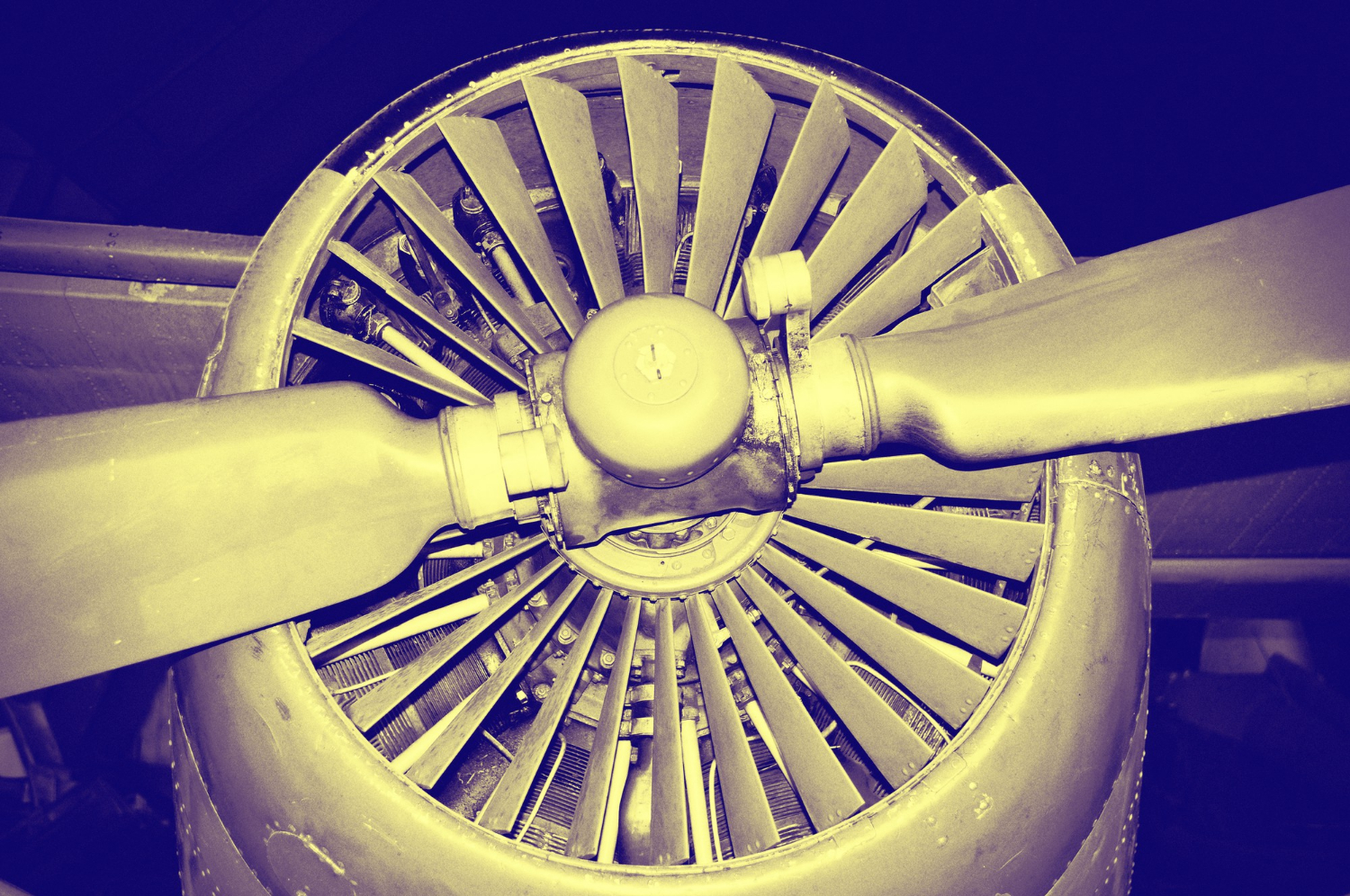
Some piston engines support variable-pitch propellers or constant-speed propellers. In such cases, the engine not only turns the propeller but also controls its pitch. This allows for control of propeller blades during several phases of flight, for example, take-off, climb, cruise and landing. Maximum efficiency is achieved. Therefore, the piston engine not only offers thrust but also improves the performance of the aircraft.
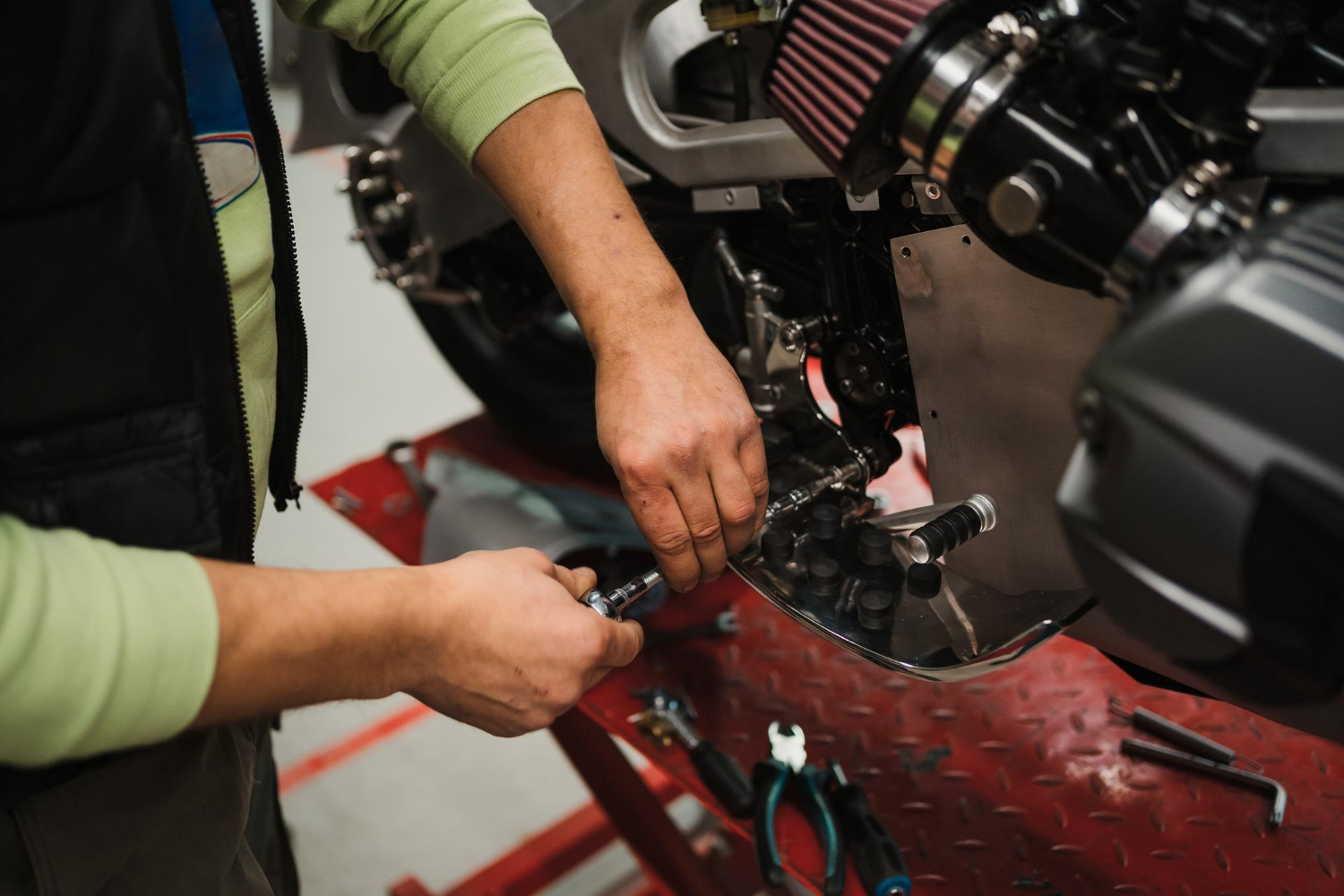
Engine starting is a process in which the battery, starter motor and magneto contribute. In a piston engine, the spark plug receives the essential electrical spark through the magneto, which ignites the air-fuel mixture. At the start, the piston engine obtains primary energy from the battery and starter motor, needed for initial cranking. Once the engine is started, the magneto starts producing electricity on its own and runs the engine independently.
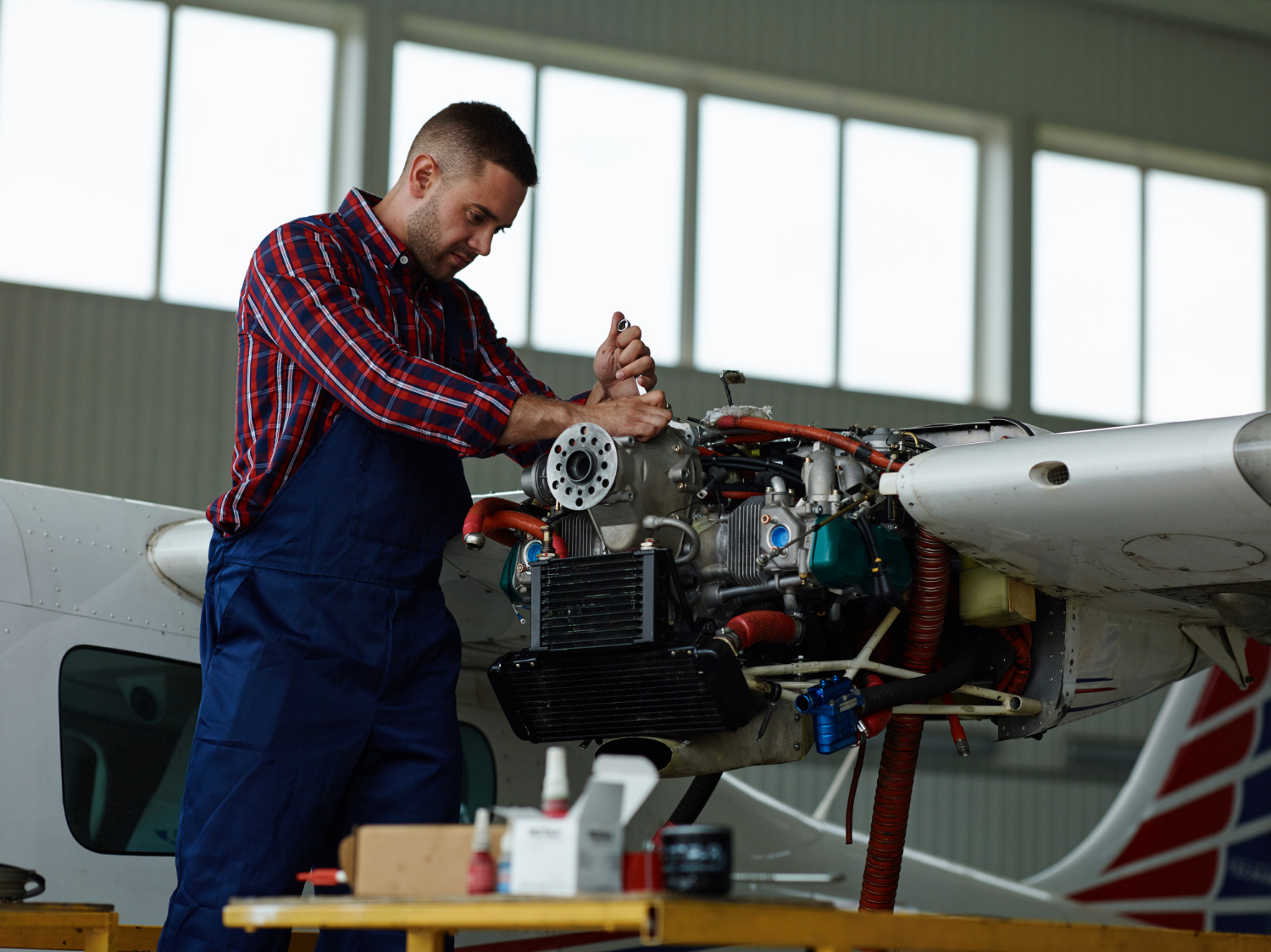
While designing piston engines, special attention is given to reliability because engine failure throughout flight can be fatal. They are kept in good condition through regular inspection, oil change, spark plug cleaning, air filter change, etc. Also, the TBO (Time Between Overhaul) of these engines is determined, as stated by which overhaul of the engine is obligatory after some flight hours. This system of maintenance is vital for the safe and lasting operation of the engine.
The piston engine plays a significant role in aircraft operation. It not only offers thrust, but also operates several functions, for example, electrical power, hydraulic and vacuum systems, cooling, fuel control and propeller control. The existence of the piston engine in aviation is still important today, and its simplicity, ease of maintenance and fuel efficiency make it appropriate for small aircraft. Though new alternatives are evolving with tech advancement, the role of the piston engine cannot be ignored. An understanding of its functions is vital not only for aviators but also for all interested in the technical side of aviation.
The knowledge about piston engines is very important for commercial pilots. If you also want to become a pilot, then enrolling in aviation training
Connect with our aviation mentors to find the right path toward becoming a licensed aircraft pilot.